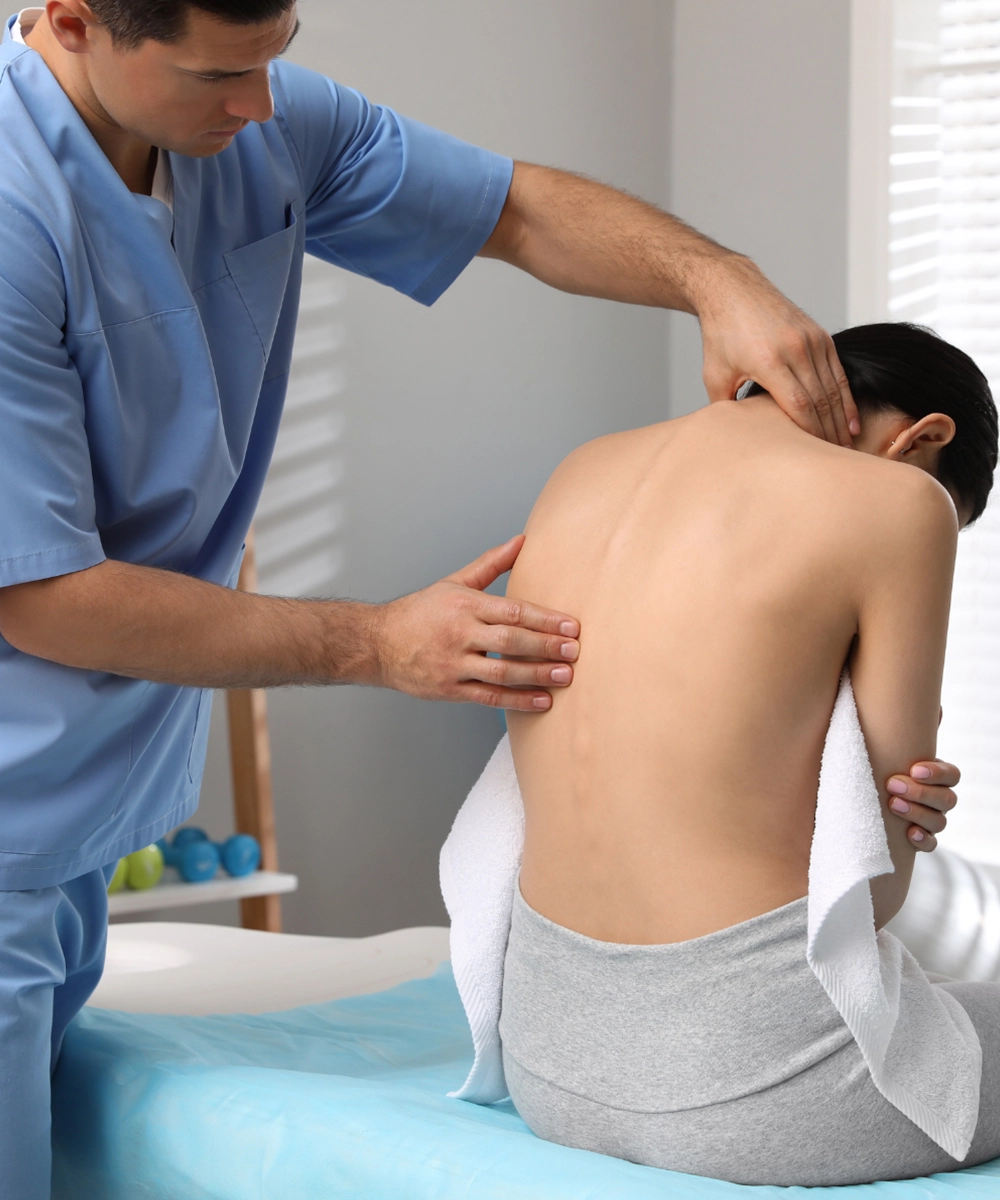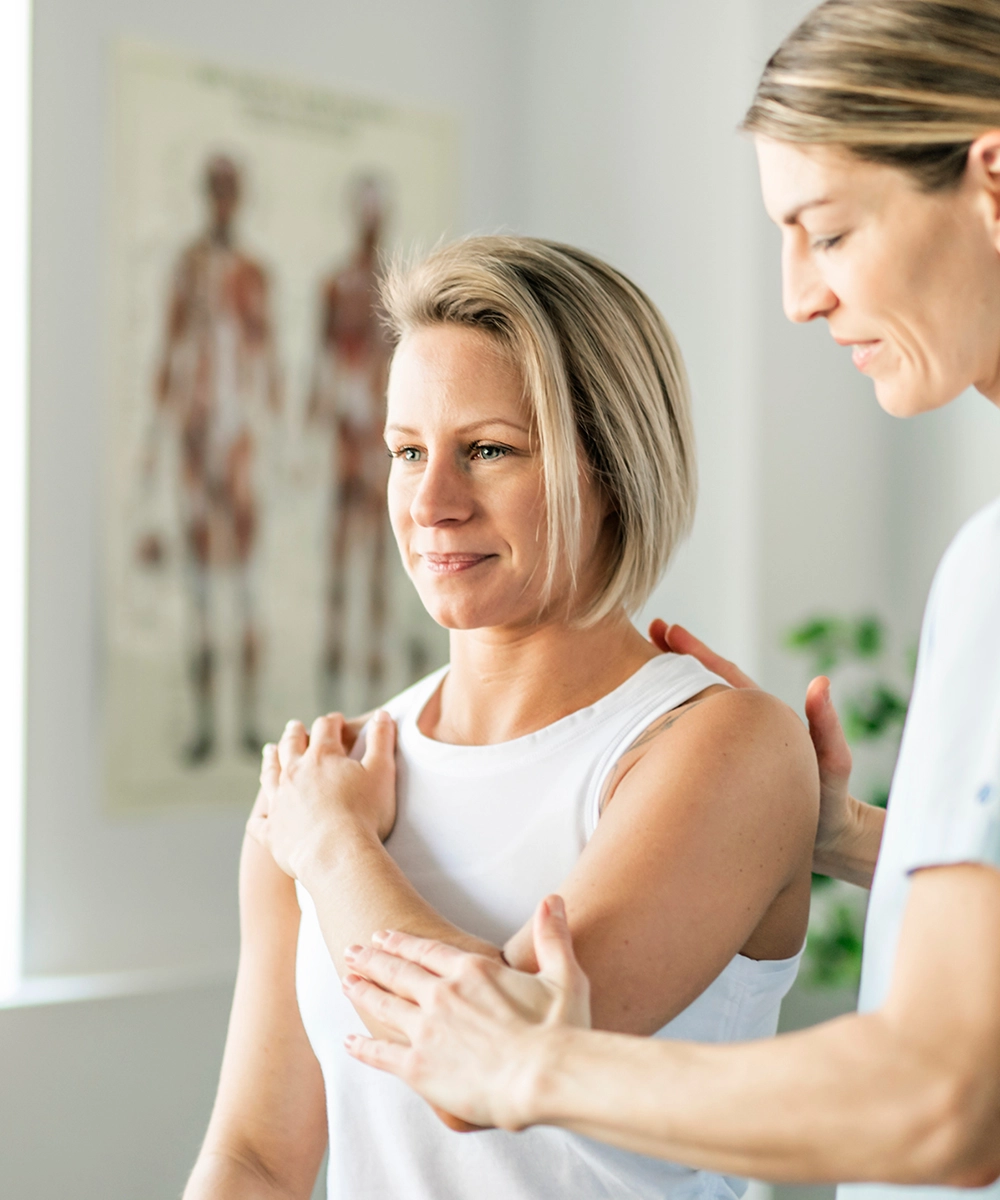Bursitis: inflammation of a bursa

What are the main symptoms of bursitis?
Symptoms of bursitis vary according to its location. In general, people with bursitis feel pain or discomfort around the affected area. This pain may intensify with movement or pressure. Often, visible and palpable swelling accompanies the pain. In some cases, the area may also be red and warm to the touch, indicating inflammation.
What is bursitis?
Bursitis is the inflammation of a bursa. These bursae, filled with joint fluid, are found in various places around the body, mainly at the junctions between tendons and bones, where they reduce friction between these structures.
Bursitis most often occurs in the shoulder (subacromial bursitis), elbow (olecranon bursitis) and knee (patellar bursitis).
- Subacromial bursitis (shoulder)
Subacromial bursitis is located in the shoulder, where it causes pain, particularly when the arm is raised. This form of bursitis is often seen in people who perform repetitive overhead arm movements, such as painters and athletes.
- Olecranon bursitis (elbow)
Olecranon bursitis affects the elbow and can cause noticeable swelling at the back of the elbow. It is often caused by trauma or repeated pressure on the elbow, such as that experienced by people who frequently lean on their elbows.
- Patellar bursitis (knee)
Patellar bursitis affects the knee, causing pain in the front of the knee. It is common in people who kneel frequently, such as gardeners or tilers.
What causes bursitis?
Common causes of bursitis include a sudden increase in stress on the joint, excessive repetition of the same movement, prolonged compression of the bursa, traumatic impact on the bursa, as well as bacterial infection. These conditions can be aggravated by pathologies such as diabetes or arthritis.
What treatments are available for bursitis?
- Aseptic bursitis (non-infectious)
Treatment of aseptic bursitis involves several approaches. First, it's important to partially rest the affected area to avoid aggravating it. Applying ice to the area helps reduce inflammation and pain. Taking non-steroidal anti-inflammatory drugs (NSAIDs), prescribed by a doctor, also helps reduce inflammation and relieve pain. In some cases, a corticosteroid injection may be necessary to reduce severe inflammation. Finally, gradual re-weighting of the area helps restore function and mobility without causing recurrence.
A doctor's consultation is essential for this type of pathology.
- Treatments for septic (infectious) bursitis
To treat septic bursitis, a doctor may prescribe antibiotics to eradicate the bacterial infection. In some cases, a puncture may be necessary to remove excess joint fluid and reduce pressure. If the infection persists or is severe, surgery may be required to drain the bursa and treat the infection.
To optimize recovery, it is important that the patient undergoes a bursitis treatment adapted to the nature of the bursitis. It is crucial that the patient consults a doctor to obtain a precise diagnosis and a personalized treatment plan.



























